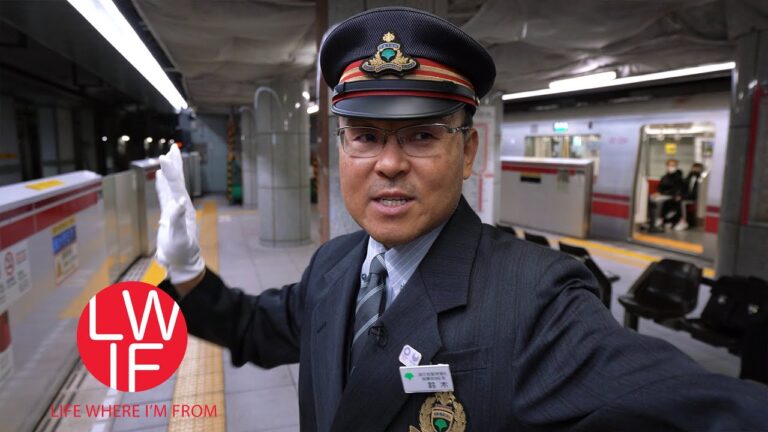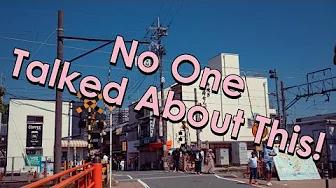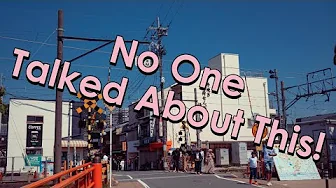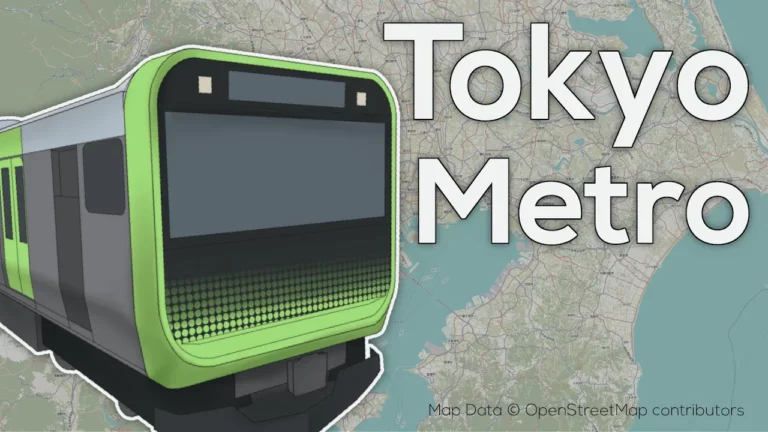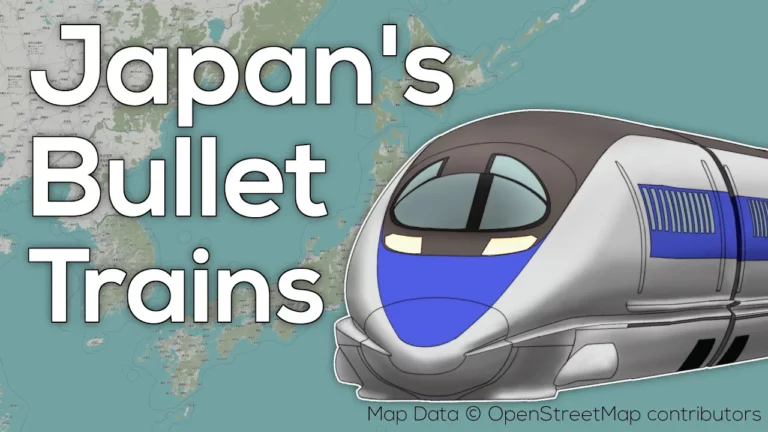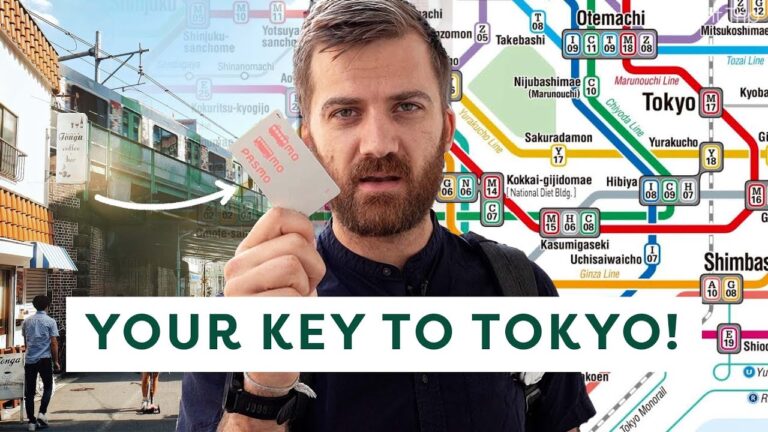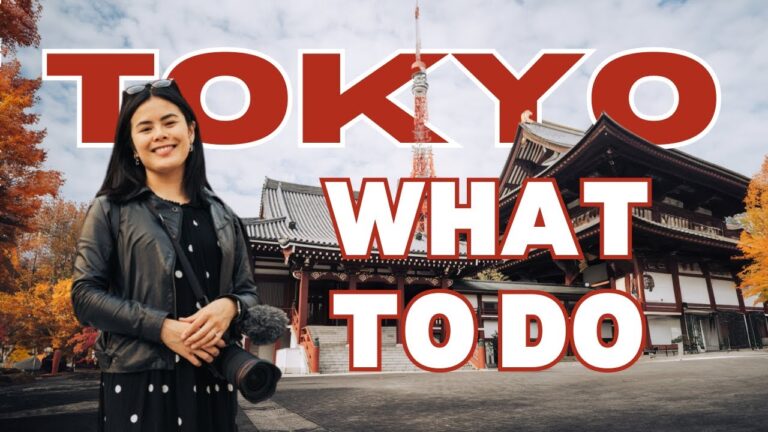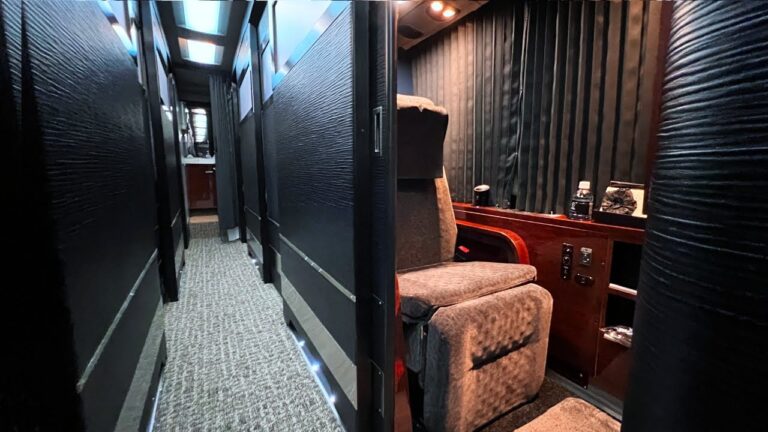Tokyo’s public transportation system stands out as a shining example of efficiency and design in an urban landscape. The blueprint of Shinjuku station, the world’s busiest transportation hub, reveals a structure that stretches through the Shinjuku district, facilitating 3.6 million daily commuters with seamless connectivity to different parts of Tokyo.
Tokyo’s transportation network features three subway lines connecting sister districts like Shibuya and Minato within minutes. In addition, five railway companies offer a plethora of options for travelers departing and arriving simultaneously from the station’s 20 platforms. For long-distance travel, Shinjuku’s bus terminal boasts 1600 lines connecting commuters within Tokyo and greater Japan.
With a population of 37 million, Tokyo stands as the largest mega city globally, yet is known for its safety and efficient infrastructure. City planners have meticulously designed a system where 57% of travel in Tokyo is done through public transit, showcasing its preference over private vehicles.
Tokyo’s success can be attributed to a historical investment in railway lines due to limited oil reserves, leading to a practical and profitable public transportation model. Collaborations between private builders and the government have made using cars and taxis less attractive, ensuring that public transit remains the superior option. The introduction of the Pasmo card has further streamlined the public transport experience, unifying Tokyo’s infrastructure and enhancing convenience for passengers.
Tokyo’s commitment to maintenance and inspection sets it apart, with nightly checks on subway tunnels and daily dismantling and inspection of train cars every four years to ensure minimal accidents and down times. The efficiency of Tokyo’s Bullet Train, the Shinkansen, with a maximum speed of 320 kilometers per hour, exemplifies the city’s dedication to fast and reliable travel.
In conclusion, Tokyo’s public transportation system is a masterpiece of urban design, combining efficiency, connectivity, and safety to cater to the diverse needs of its massive population. Despite the bustling cityscape, Tokyo’s infrastructure remains a well-coordinated network that continues to set global standards in public transportation design and operation.

